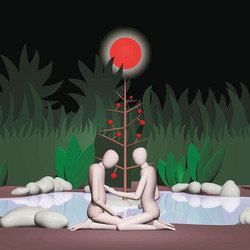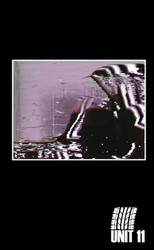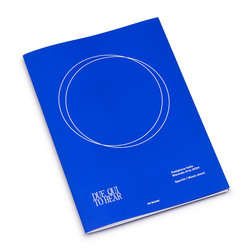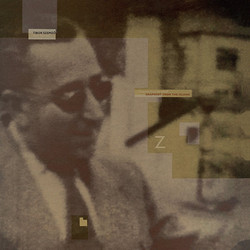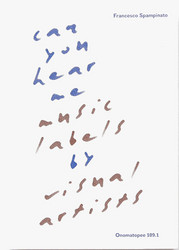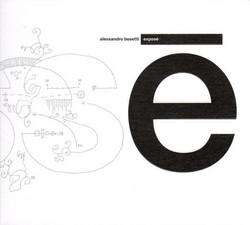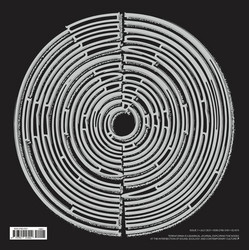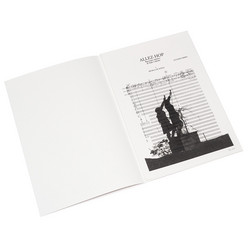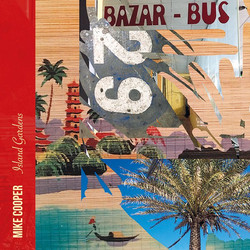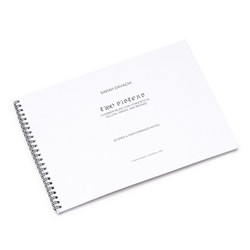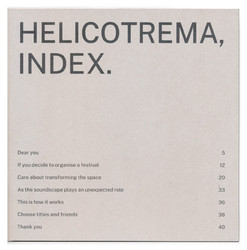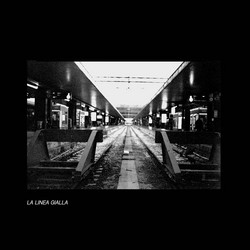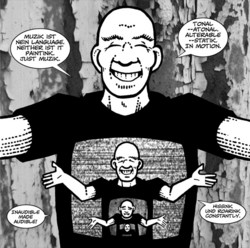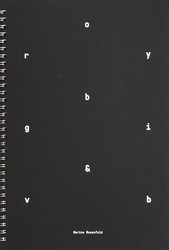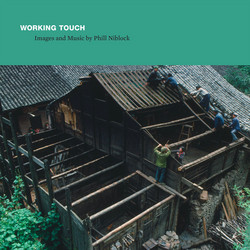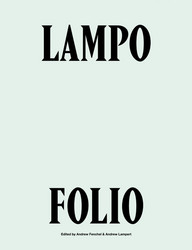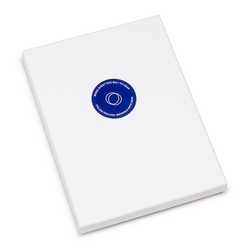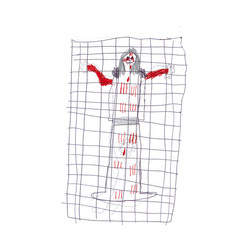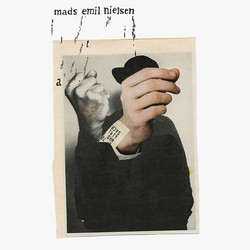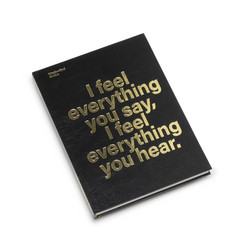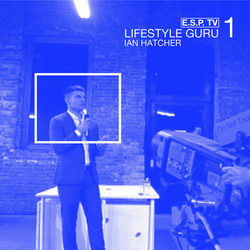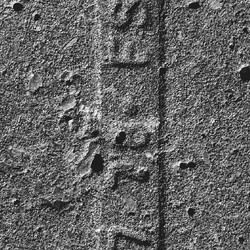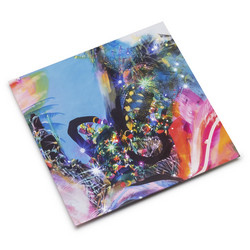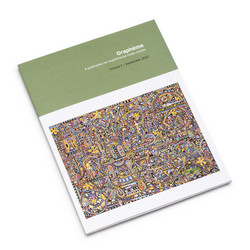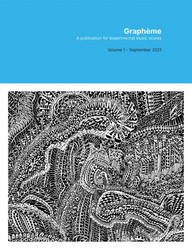Welcome to the fourth edition of Graphème: a collection of scores by composers and artists intent on sharing and collaborating with performers in the realisation of adventurous and creative sonic experiences. The pieces presented in this edition range from simple to complex. Some are more open to freedom of interpretation and some are more specific, but all are offered in the spirit of collaboration with the performer who interprets the work. In This Issue twelve previously unpublished works by: Jack Adler-McKean, Rana Al Baba , Alessandro Bosetti, Angélica Castelló, Raven Chacon, Carl Ludwig Hübsch, Hardi Kurda, Elo Masing, Magda Mayas, Rabih Mroué, Catriel Nievas, Zeena Parkins, Caroline Cecilia Tallone, Birgit Ulher.
The scores within this volume draw on compositional concepts that are as varied as they are imaginative. Featuring photo-montage, graphs, illustration, timelines and grids, each piece offers the performer the chance to explore their own interpretation of the structural frameworks suggested by the composer. Representing kaleidoscopic approaches to sound and the gestural organisation of materials, these works, each different in their own way, share a sense of cooperation with the performer, which, while becoming more prevalent in contemporary music, is still quite removed from the more traditional relationship between composer and interpreter.
The thematic and timbral materials offered for exploration are a true collage of ideas, motives and themes. They represent a meeting of creative initiations and responses, composed with rigour and, often, humour.
Time is also represented in multi-faceted ways, whether linear, spatial or cyclical, offering the performer various ways to navigate the ideas: to overlay concepts of time as well as material, contributing to a kind of open and imaginative expression of time, material and space.
Each composer’s score can be seen then, as a starting point, suggesting ways to begin: works unfolding as they are performed — often neither fully concrete, nor free of form or trajectory.
Today more than ever it seems we need to reassess what it means to create, to collaborate and to find new ways of working together. These ideas of music composition and performance move towards new models through which we can truly come together as creative forces, not only with reflection and refinement, but also with spontaneity and freedom.
The works in this volume, as in the previous three volumes, are here to be performed. Play them, explore them and realise them in any way you find imaginable. We are excited by the possibilities of performers creating a collaborative space between the composer and – in the rendering of these works – with audiences and listeners.
